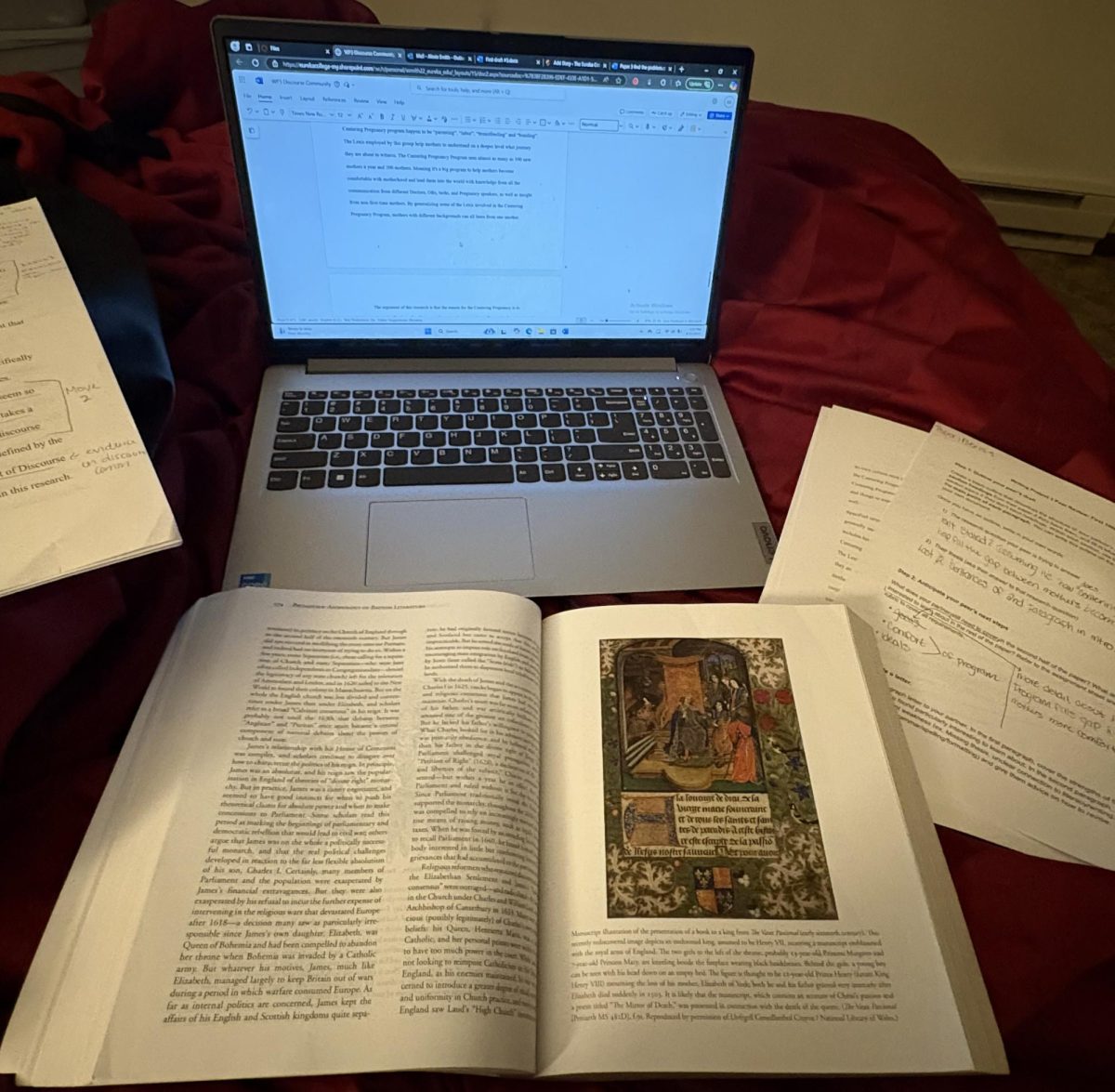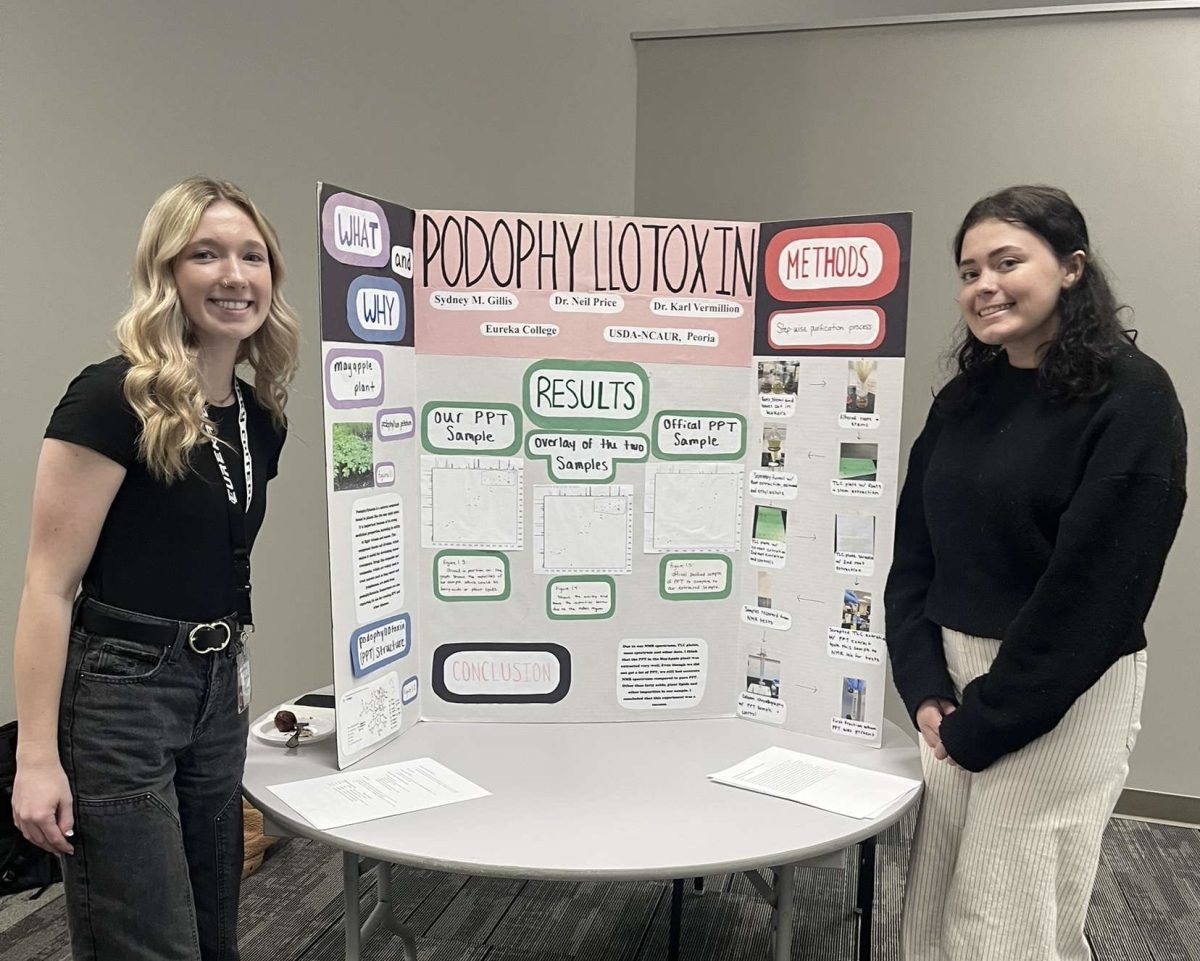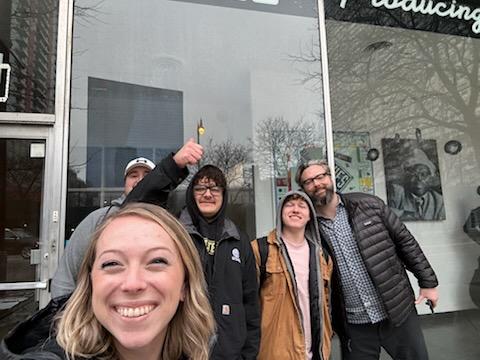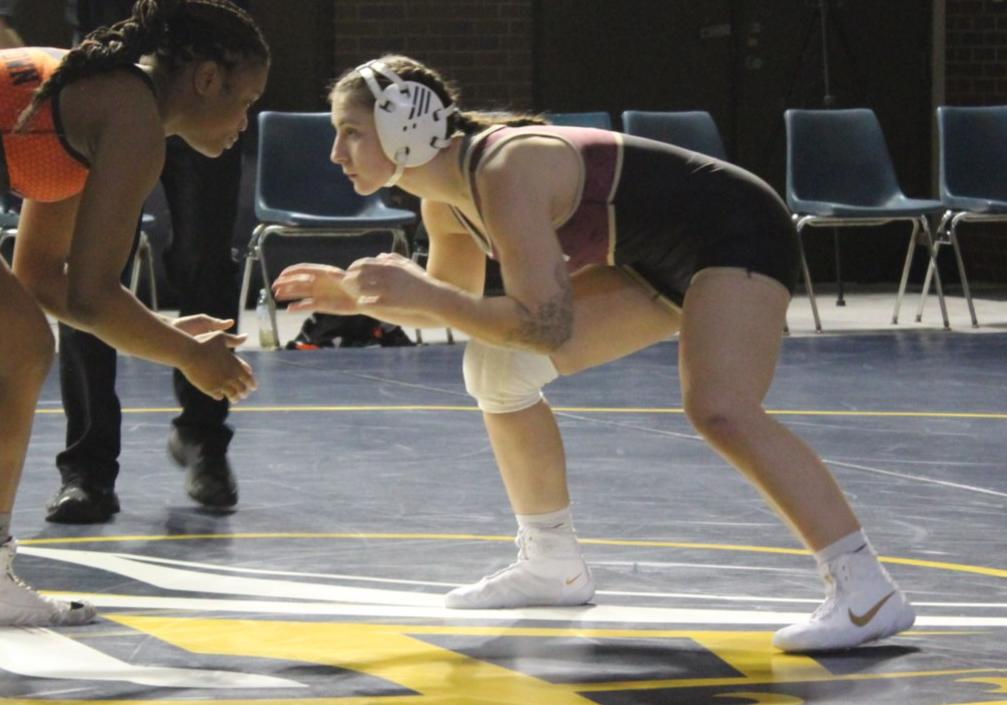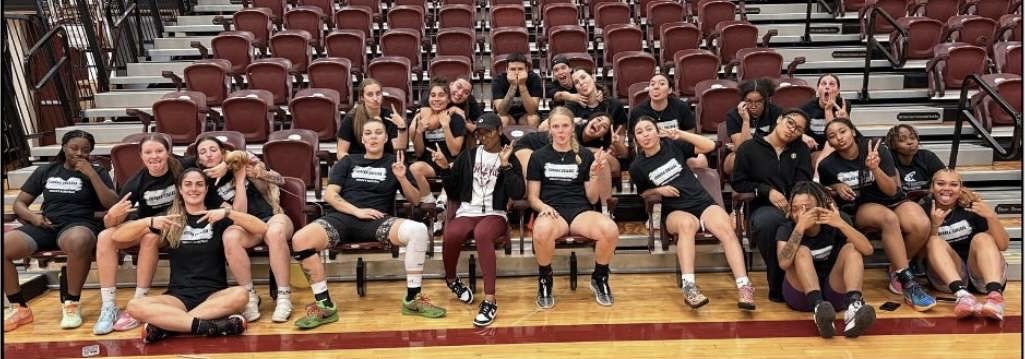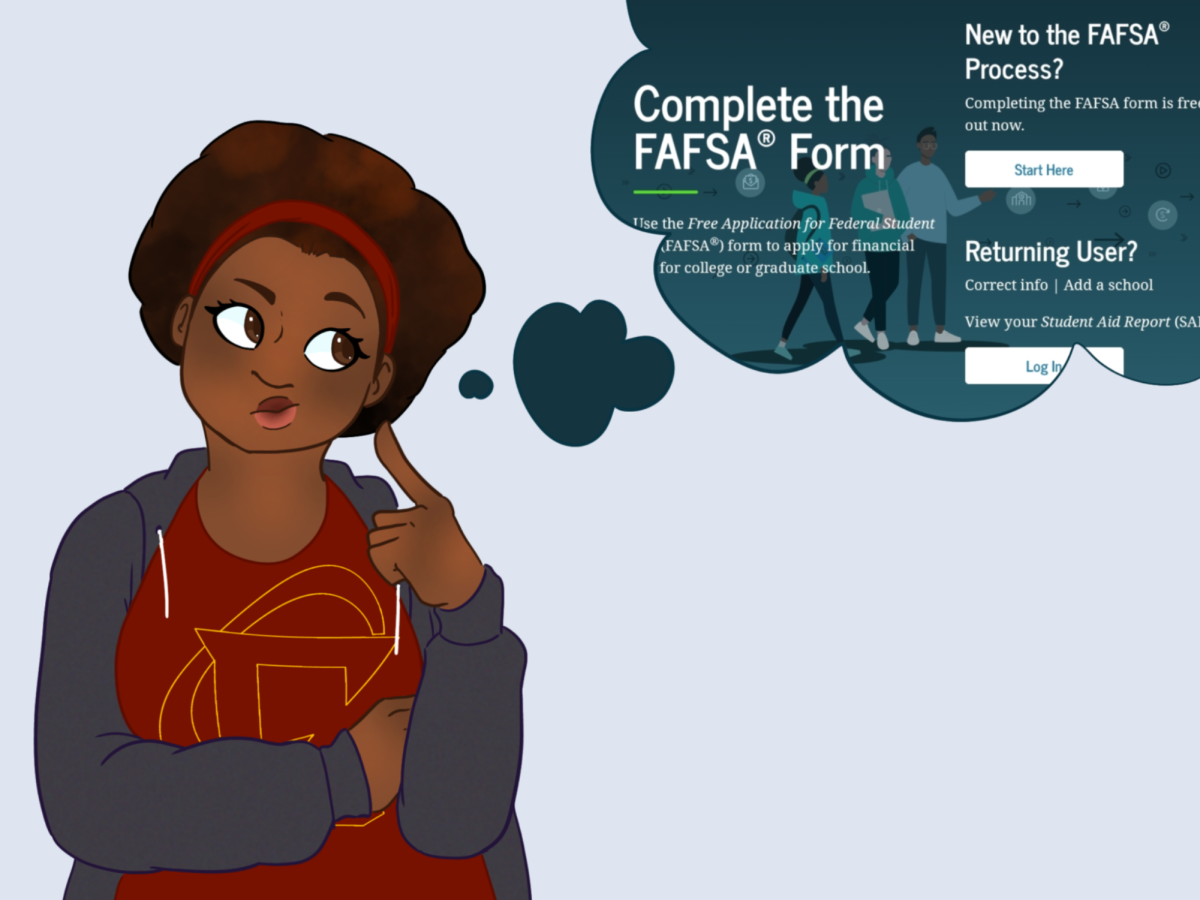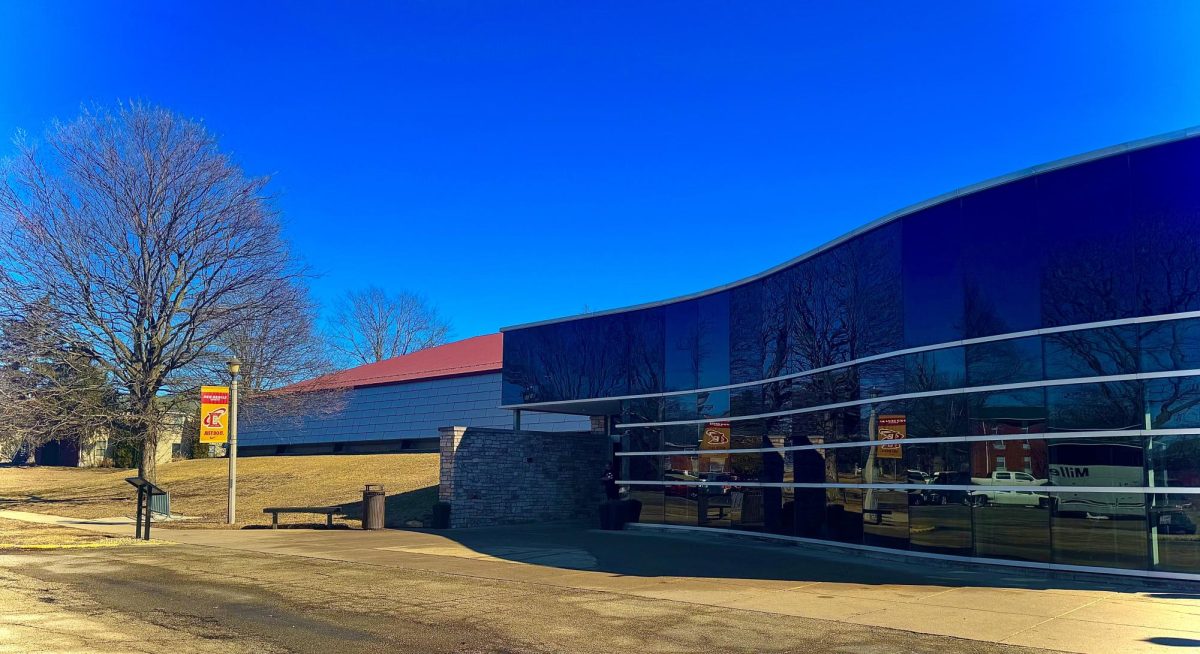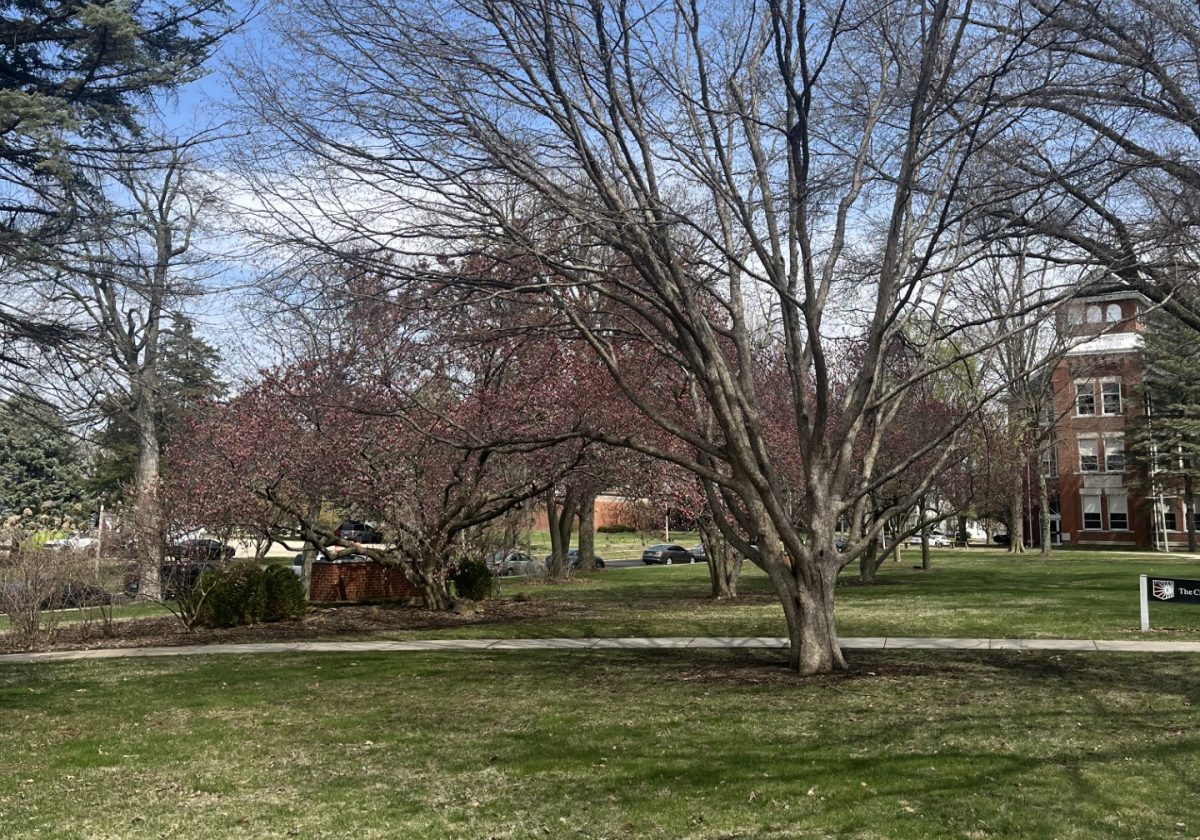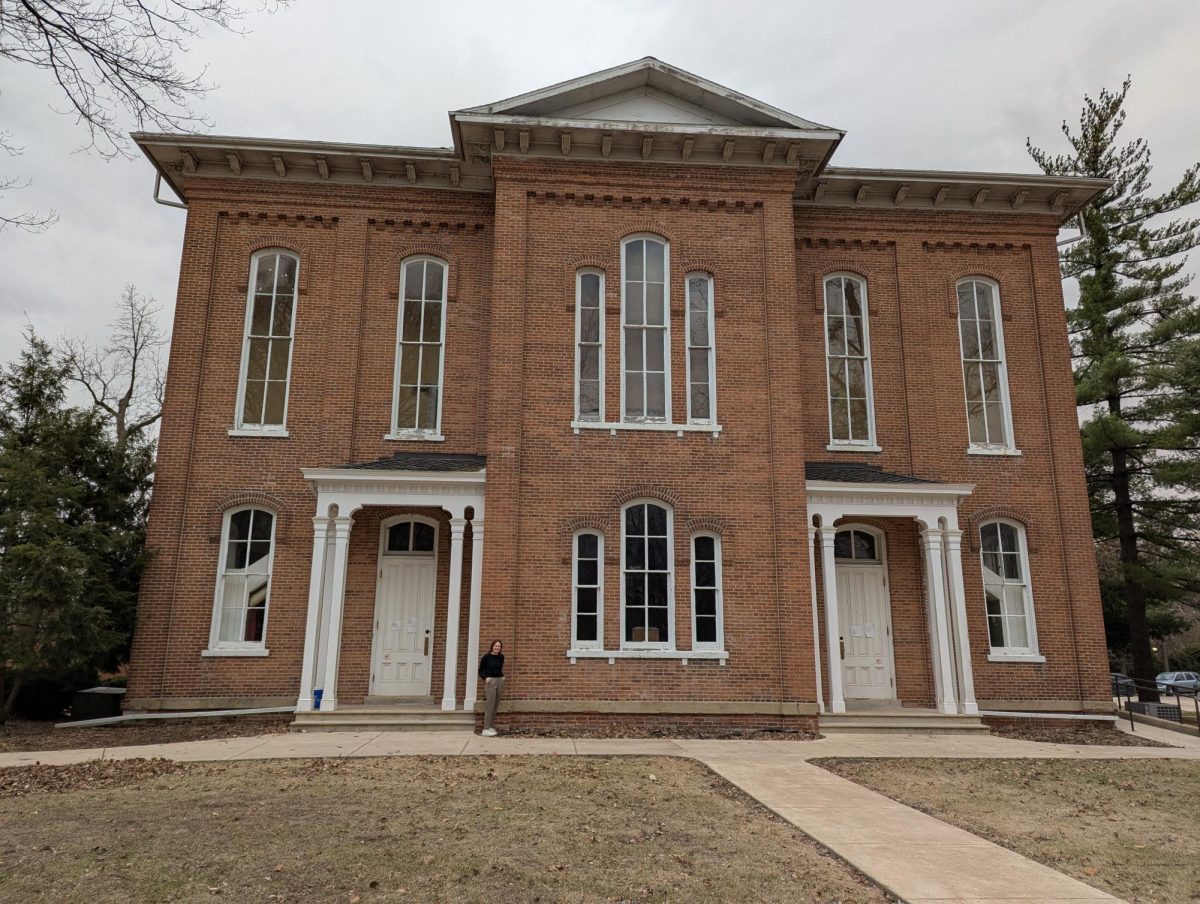As October quickly approaches, students across the country get ready to reapply for the Free Application for Federal Student Aid (FAFSA) to help them pay for college. The education debt crisis mounts as both students and former students are unable to keep up with payments and cannot move into economic independence. But this begs the question: is the government doing enough for these people?
Students in the United States are struggling under the weight of their student loans. Investopedia reports that there are 45 million student loan borrowers in the United States who owe $1.77 trillion in Q2 of 2023. This means that the average student has almost $40k in student loans.
This massive amount of debt is almost equivalent to the entire economy of Australia. Students go into this process without really understanding what it means to take on this kind of debt, and many have a hard time figuring out how to even apply for and access loans.
“The student loan process continues to be the most overwhelming and confusing part of a financial aid offer,” Eureka Director of Financial Aid, Tammy Crothers said.
Dropping out is also directly related to struggles in paying back student loans. Financial stress, especially stress caused by loans, accounts for a significant number of these dropouts. 42% of dropouts indicate that this is the direct cause of their leaving higher education. For comparison, the next largest reason for dropping out is academic disqualification, at 25%.
“I’ve never been in college and have no family that ever received a bachelor’s degree, so the financial process still stumps me. Actually, last week I was freaking out because the semester tuition was due, and I had an outstanding balance to pay,” (Senior) Faith Harper said.
Tuition is not the only problem. Being in school also affects the cost of living and the number of hours a person can work to sustain themselves. This is a common problem among college students, and one that Faith also experiences.
“I eat ramen noodles for lunch almost every day because they are less than 50 cents at Walmart,” Faith said.
This sentiment can be found across majors, classes, and campuses all over the United States.
What actually influences tuition prices? For starters, state contributions to higher education. Generally, if a state’s government is willing to put more funding towards the cost of education, the student has less to front.
This isn’t always the case. Illinois, for example, is one of the highest cost of tuition states in the union, while also being one of the highest state contributors to their higher education funding.
However, generally schools are hesitant to reveal this part of their backstage operations. This isn’t surprising, considering the recent lawsuits towards schools overcharging their students.
The government is aware of student’s financial struggles, especially the president. One of Biden’s core campaign promises was student loan forgiveness. Previously, he released a plan to forgive up to $10k in federal student loans per borrower, but this wasn’t enough for many.
Biden has put forward other plans as well, like the HEROES Act, which were supposed to cancel hundreds of billions of dollars of student loan debt. However, they were struck down by the supreme court for being an overreach of power. His current plan, SAVE, aims to reduce the amount of money per payment, depending on income. It already has over 4 million borrowers signed up.
Student loans are also tangibly prohibiting people from moving on to other life stages after graduation. Nearly a third of borrowers in debt did not graduate to earn their degree. Therefore, they aren’t making as much money as anticipated to be able to pay back their loans.
This has directly affected young people’s ability to buy homes. Among recent graduates, aged 24-32, only 36% of them own a home. This is down nine points from rates before the Recession, which is almost twice the drop that other age demographics saw. Many borrowers and economists directly credit student loans for this change.
Borrowers are also more likely to forgo retirement savings in favor of paying back loans, regardless of amount. This means that plans to reduce payments are only going to help in the short term. Full forgiveness plans need to be enacted to affect later life savings.
Student loans are prohibitive to starting small businesses as well. In the United States, entrepreneurship is hailed as one of the greatest careers one can strive for, and the country prides itself on its support of small businesses.
But in order to start a business, the prospective owner has to have liquid capital to start, which isn’t an option for many drowning under student loans. Which still have to be paid back, even if the borrower files for bankruptcy.
The situation, through the eyes of many students, is incredibly bleak. They are going to be stuck choosing between loan payments or groceries for years. Dropping out could result in them making this choice for the rest of their lives.
The best way to pay for school, according to the Eureka Financial aid office, is to look for grants, scholarships, and work during the school year to pay into tuition. Many outside institutions offer scholarships to students. However, these opportunities aren’t obviously marketed, so it is on students to search for them.
As previously mentioned, the Biden administration is working on several programs for debt forgiveness and repayment plans. The application is closed as of this writing, however, because it was blocked by the supreme court.
Borrowers can also contact their loan servicers, federal and private, and ask about payment plans and income-based adjustments. Federal payback plans are directly tied to income, so that payments don’t exceed a certain threshold of a person’s income. Private plans will often have options to pay interest only for certain periods of time to make accrued interest that much less.
If borrowers want to see legislation changed, so that these forgiveness plans can be pushed through Congress, there is also the option of contacting state representatives. Let them know that supporting these plans will earn them votes in the next election, regardless of party. For Republicans, it will boost small business. For Democrats, it will further social policy and education.


